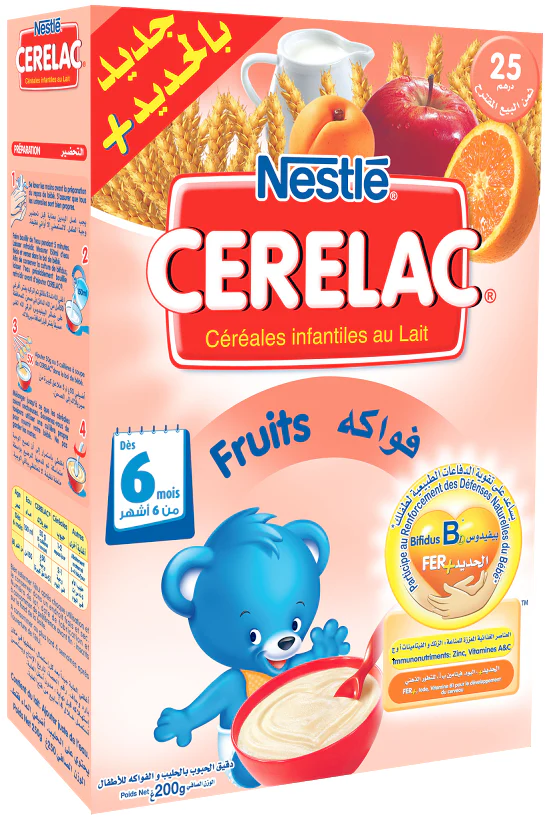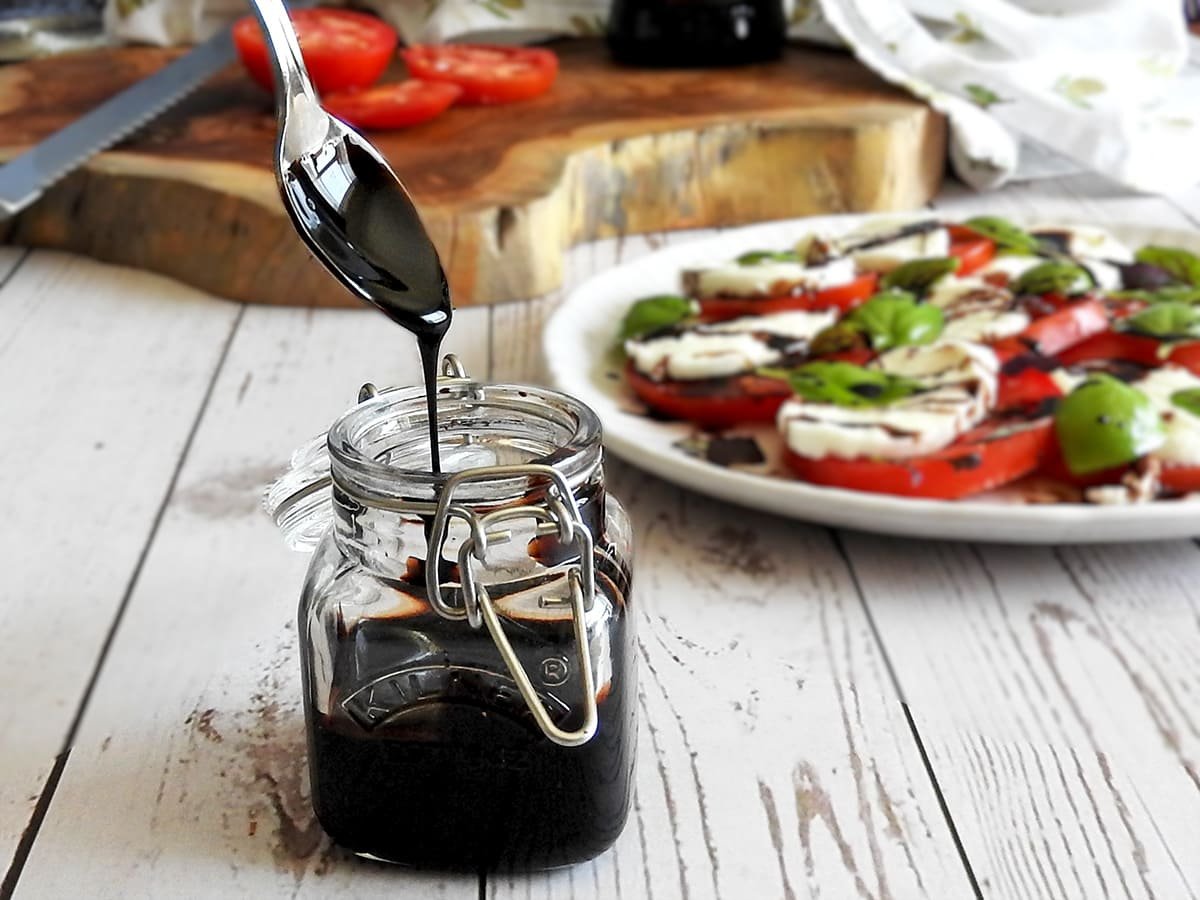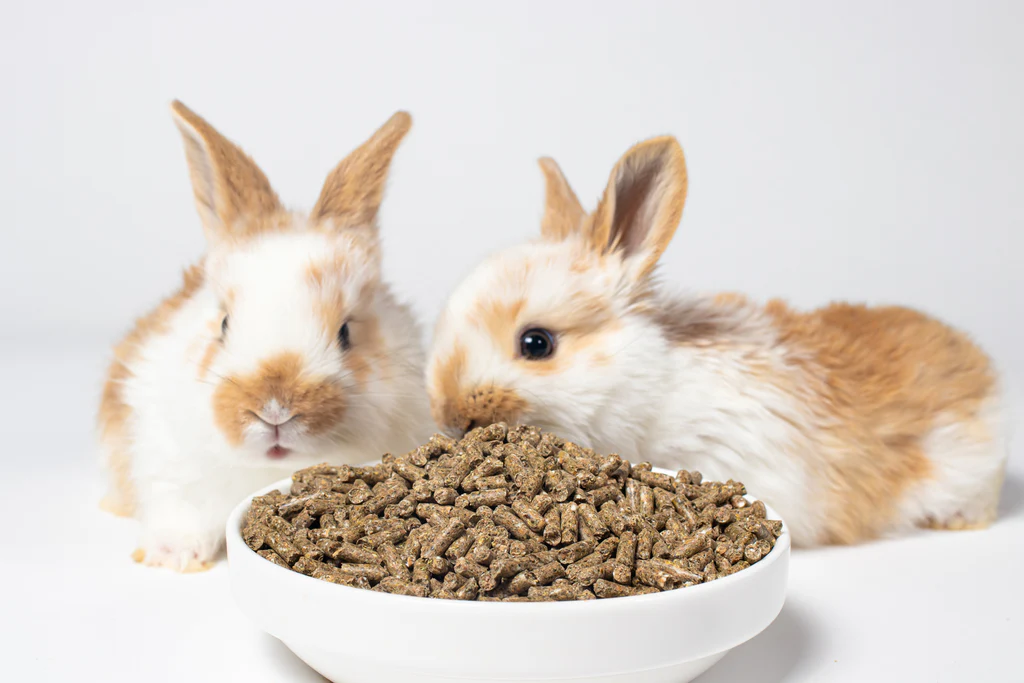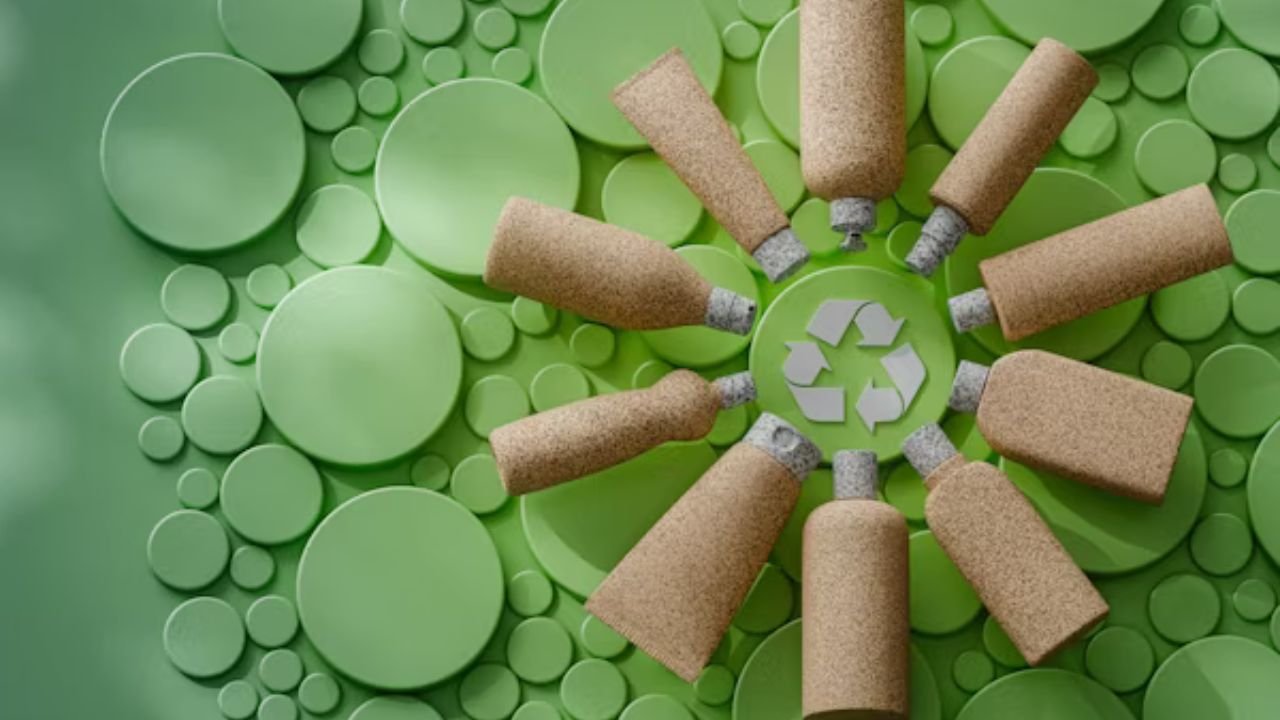Every parent faces the exciting yet overwhelming stage of introducing solid foods. Among the first foods many doctors recommend are cereales infantile. These gentle cereals have been a trusted choice for decades because they’re simple to digest, packed with iron, and easy to prepare. Yet, modern parents often wonder if they’re still the best option, when to start, and how to choose the right type. This in-depth guide explores everything you need to know—from nutritional value and preparation tips to potential concerns and expert recommendations.
What Are Cereales Infantile?
Essentially, cereales infantile means baby cereals that are created especially for babies who are moving from breast milk or formula to solid foods. They’re finely milled grains that mix with liquid to form a smooth, porridge-like texture.
Definition and Role in Early Nutrition
Baby cereals serve as a bridge between a liquid-only diet and more complex solids. They provide energy, introduce your baby to new textures, and often come fortified with iron to support healthy growth.
Common Types of Infant Cereals
- Rice cereal – Traditionally the most popular option, known for being mild and easy to digest.
- Oat cereal – A fiber-rich alternative that helps reduce constipation.
- Barley cereal is rich in natural minerals and has a pleasant, nutty taste.
- Multigrain mixtures – Mix different grains to enhance nutrition and add variety to flavor.
When to Introduce Cereales Infantile to Your Baby
Introducing cereals either too soon or too late might lead to stomach issues or a loss of important nutrients.
Signs Your Baby Is Ready for Solids
- Sits upright with minimal support
- Shows interest when you eat
- Opens mouth for food and can swallow without pushing it out with the tongue
- Has strong head and neck control
Recommended Age Guidelines
Health organizations such as the World Health Organization (WHO) advise that babies should be exclusively breastfed for the initial six months. After that, solid foods, including infant cereals, can complement milk feedings. Some pediatricians may suggest starting slightly earlier (around four months) if a baby shows readiness, but this decision should always be guided by professional advice.
Nutritional Benefits of Cereales Infantile
Baby cereals provide more than just a new texture—they deliver essential nutrients at a critical growth stage.
Source of Essential Nutrients
- Iron: Most commercial cereals are fortified to prevent iron deficiency anemia, a common risk in babies after six months.
- Carbohydrates: Supply energy for active development.
- B vitamins and minerals: Support metabolic functions and overall growth.
Digestibility and Safety
These cereals are designed to be gentle. Their smooth texture reduces choking risk, and single-grain options help parents detect potential allergies early.
Types of Cereales Infantile Available
The market offers countless options, and knowing the differences helps you make the best choice.
Single-Grain vs. Multigrain Cereals
- Single-grain: Ideal for first introductions because they’re easier to monitor for allergies.
- Multigrain: Great once your baby tolerates single options, providing more complex nutrition and flavors.
Organic and Fortified Varieties
Organic cereals are free from pesticides, while fortified types add vitamins and minerals. Both categories give peace of mind, but parents should still read ingredient labels carefully.
Homemade vs. Store-Bought Cereals
- Homemade: Allows full control over ingredients, cost-effective, but requires preparation time.
- Store-bought: Convenient, consistent in texture, and usually fortified with iron.
| Type | Pros | Cons |
| Homemade | Fresh, customizable | Time-consuming, may lack fortification |
| Store-bought | Convenient, iron-fortified | Processed, may include additives |
How to Prepare Cereales Infantile Safely
Proper preparation ensures your baby enjoys the meal without risks.
Mixing With Breast Milk or Formula
Begin by combining one tablespoon of cereal with four to five tablespoons of either breast milk or formula.The familiar taste helps babies accept the new food.
Safe Textures for Each Stage
- Beginners: Very thin consistency, almost like soup.
- As the baby becomes skilled at chewing, the texture should slowly become thicker.
- Advanced: Combine with fruit or vegetable purees for added flavor and nutrients.
Storage and Hygiene Tips
- Always use clean utensils and bowls.
- Store dry cereal in a cool, dry place.
- Refrigerate mixed portions and use within 24 hours.
Potential Concerns With Cereales Infantile
While these cereals are safe and beneficial, parents should stay aware of potential issues.
Arsenic in Rice Cereals
Research has shown rice-based products can contain trace amounts of arsenic. Many experts recommend alternating rice cereal with oat or barley to minimize exposure.
Overreliance on Cereals
Cereals should complement—not replace—a diverse diet. For proper growth, babies require a variety of fruits, vegetables, legumes, and proteins in their diet.
Allergen Introduction
Wheat-based cereals may trigger gluten sensitivity in rare cases. Introduce them carefully and monitor for reactions such as rashes, bloating, or fussiness.
Alternatives and Complementary Foods
Diversifying a baby’s diet makes feeding more exciting and nutritionally complete.
Pureed Fruits and Vegetables
Bananas, apples, carrots, and sweet potatoes are common first foods that pair well with cereals.
Mashed Legumes
Lentils and peas add protein and fiber. Adding them to cereals creates a healthy meal.
Combining Cereals With Other Foods
- Oat cereal mixed with mashed bananas for natural sweetness
- Rice cereal with carrot puree for added vitamins
- Barley cereal with pear puree for gentle digestion
Expert Recommendations for Choosing the Best Cereales Infantile
Healthcare providers stress that parents focus on both nutrition and safety when buying cereals.
What Pediatricians Suggest
Many specialists suggest beginning with iron-fortified cereals made from one grain before trying mixtures. They emphasize gradual introduction while watching for allergic reactions.
Checklist for Parents When Buying Cereals
- Look for iron-fortified options
- Choose products with no added sugar or salt
- Prefer organic if avoiding pesticides is a priority
- Read ingredient labels for allergens or unnecessary additives
FAQs About Cereales Infantile
Q: When should I stop giving baby cereals?
Most parents phase them out gradually after one year when a child eats a variety of whole foods.
Q: Is it possible to skip cereals and eat vegetables instead?
Yes, cereals aren’t mandatory. Many parents start with vegetables or fruits, though cereals remain a convenient iron source.
Q: How many times a day should my baby eat cereals?
Start with once daily, then increase gradually as the baby tolerates solids.
Q: Are homemade cereals as safe as commercial ones?
Homemade cereals are safe if prepared hygienically, but they usually lack the added iron found in store-bought varieties.
Conclusion – Helping Your Baby Grow With Cereales Infantile
Cereales infantile remain a valuable option for introducing solids. They’re gentle, versatile, and rich in iron, making them a practical starting point for many families. Still, they shouldn’t be the only solid food your baby eats. Combine them with fruits, vegetables, and proteins to form a varied and balanced diet.
By paying attention to readiness signs, choosing quality cereals, and preparing them safely, you’ll give your little one a healthy foundation for growth. Always consult your pediatrician for tailored advice, but rest assured—whether you choose rice, oats, or multigrain blends, cereals can play an important role in your baby’s first meals.









Leave a Reply